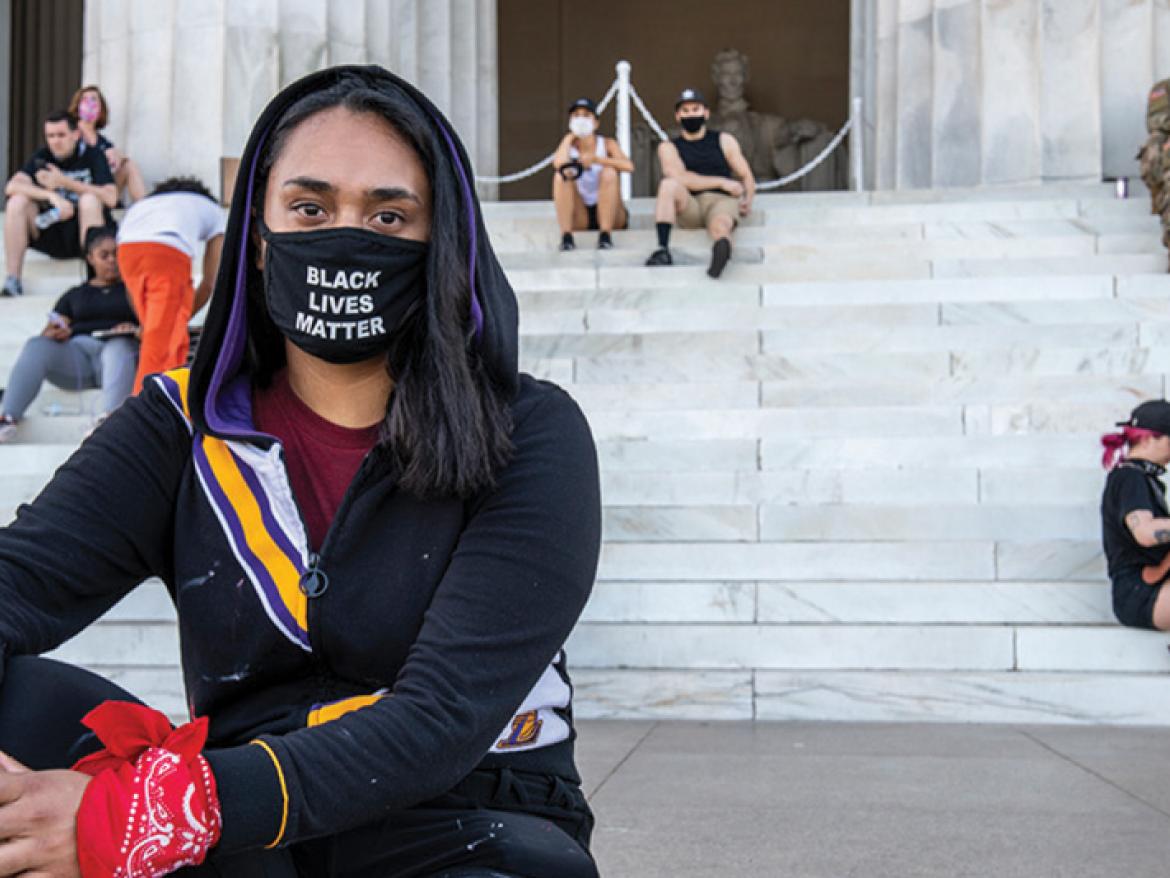There are two main pipelines—the established 1033 Program of the Department of Defense and the various anti-terrorism programs of the Department of Homeland Security, created in 2002.
The government has been disposing of its surplus military materials since the end of World War II. In 1997, this program was codified as the 1033 Program, named after a provision in the annual National Defense Authorization Act.
More than $7.4 billion worth of military equipment has been transferred to more than 8,000 local police and other law enforcement agencies.
Since its creation, more than $7.4 billion worth of military equipment has been transferred to more than 8,000 local police and other law enforcement agencies.
The creation of the Department of Homeland Security in 2002 created another pipeline which has also militarized local police, expanded the militarization of our borders, and now the streets of Portland and other cities.
In FY 2020, DHS’s grant programs to combat terrorism and other emergencies has $1.8 billion to dispense. This includes $10 million for local police which can be used to purchase new weapons from military suppliers.
From these pipelines flow funds and weapons of war—developed for battlefields abroad, now deployed by local police who are supposed to keep the peace. Tear gas, tank-like armored vehicles, high-powered guns, and flash grenades are now part of local police arsenals. Often, communities of color are at the receiving end of this police militarization.
These weapons of war were deployed in Ferguson, MO during the 2014 protests that resulted from the police killing of Michael Brown, an 18-year-old Black man. They were deployed in the recent Black Lives Matter protests, sparked by the killing of George Floyd by police in Minneapolis.
In many communities today, police militarization is manifested by the presence of Special Weapons and Tactics (SWAT) teams. According to the American Civil Liberties Union, only 25% of communities in 1980 had a SWAT team. Today, that figure has climbed to 80%.
From these pipelines flow funds and weapons of war—developed for battlefields abroad, now deployed by local police.
FCNL’s response to the growing police militarization has been to document and then persistently advocate for legislation to reduce—and ultimately eliminate —the 1033 program. It is also working for greater transparency and accountability of these programs.
From 2018-2019, the 19 Advocacy Corps organizers worked in their local communities to stop police militarization. With the help of FCNL’s network of advocates, Congress considered legislation to change the 1033 Program.
They ultimately persuaded President Barack Obama to issue an executive order prohibiting the military from transferring armored vehicles, high-caliber weapons, grenade launchers, and other equipment to local police. However, Donald Trump rescinded the order when he assumed the presidency. Now there is momentum in Congress to reinstate these restrictions and go further.

